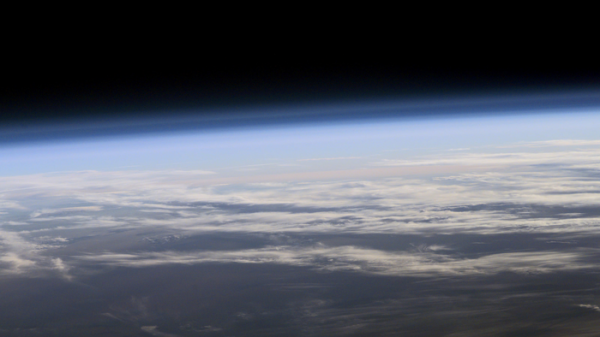Many people are familiar with the hole in the ozone layer over Antarctica, but what is less well known is that occasionally, the protective ozone in the stratosphere over the Arctic is destroyed as well, thinning the ozone layer there. This last happened in the spring months of 2020, and before that, in the spring of 2011.
Each time the ozone layer has been thinned out, climate researchers subsequently observed weather anomalies across the entire northern hemisphere. In central and northern Europe, Russia and especially in Siberia, those spring seasons were exceptionally warm and dry. In other areas, such as polar regions, however, wet conditions prevailed. These weather anomalies were particularly pronounced in 2020. Switzerland was also unusually warm and dry that spring.
Whether there is a causal relationship between stratospheric ozone destruction and the observed weather anomalies is a matter of debate in climate research. The polar vortex in the stratosphere, which forms in winter and decays in spring, also plays a role. Scientists who have studied the phenomenon so far have arrived at contradictory results and different conclusions.
New findings are now shedding light on the situation, thanks to doctoral student Marina Friedel and Swiss National Science Foundation Ambizione Fellow Gabriel Chiodo. Both are members of the group headed by Thomas Peter, Professor of Atmospheric Chemistry at ETH Zurich, and are collaborating with Princeton University and other institutions.
Read more at ETH Zurich
Image: The ozone layer in the stratosphere protects life on Earth from harmful UV radiation - but also has a strong influence on the weather. (Credit: NASA)


